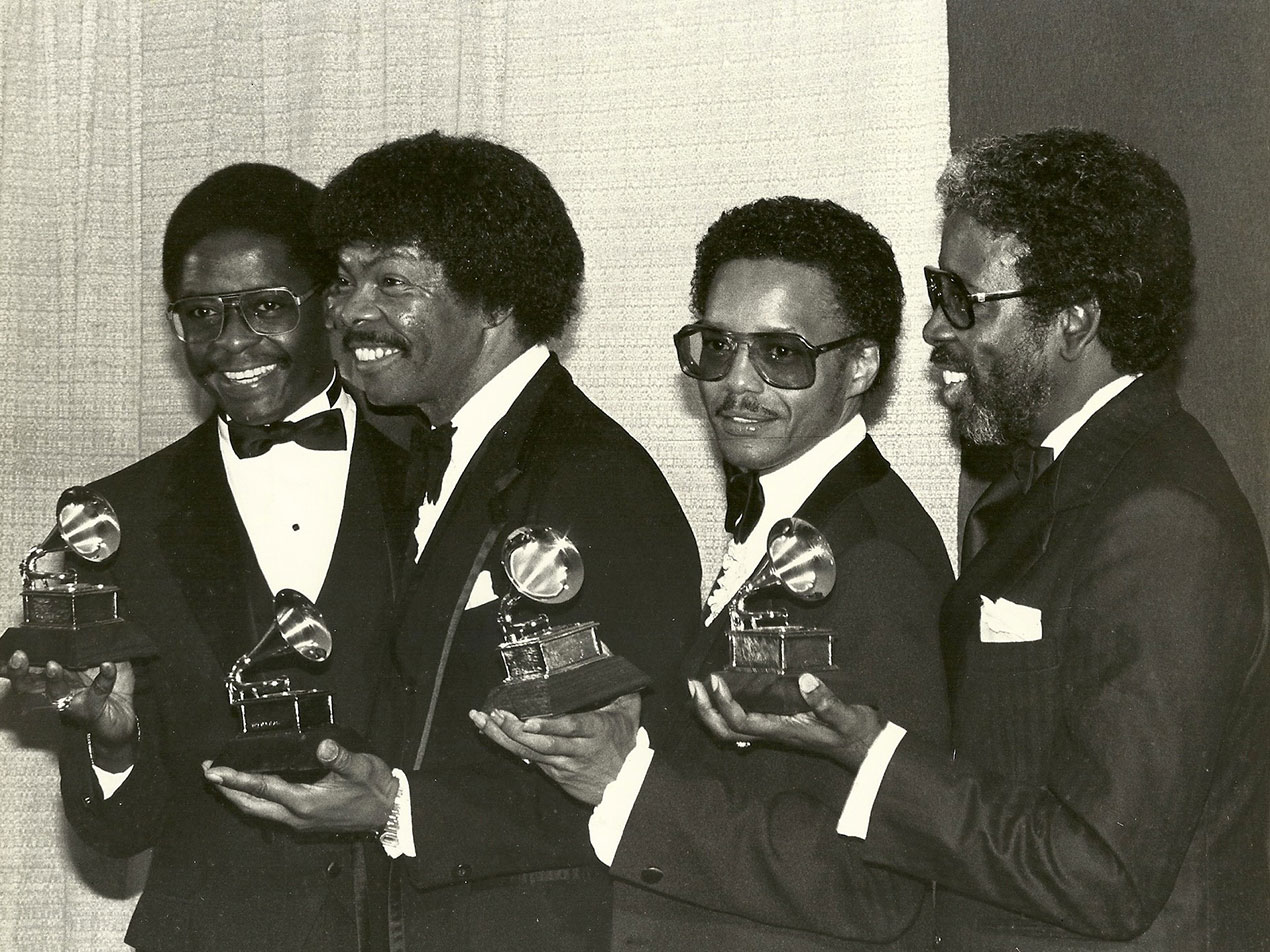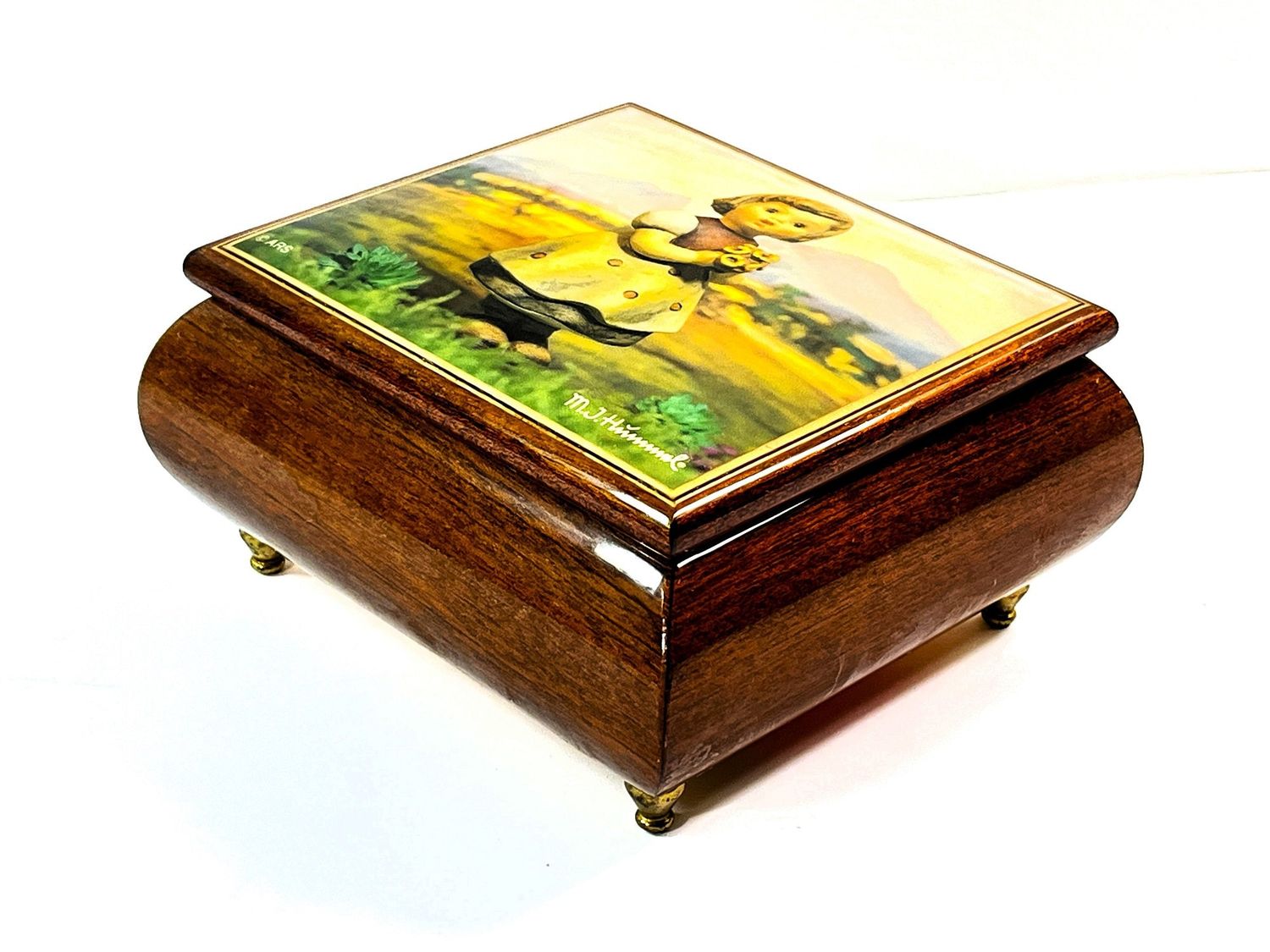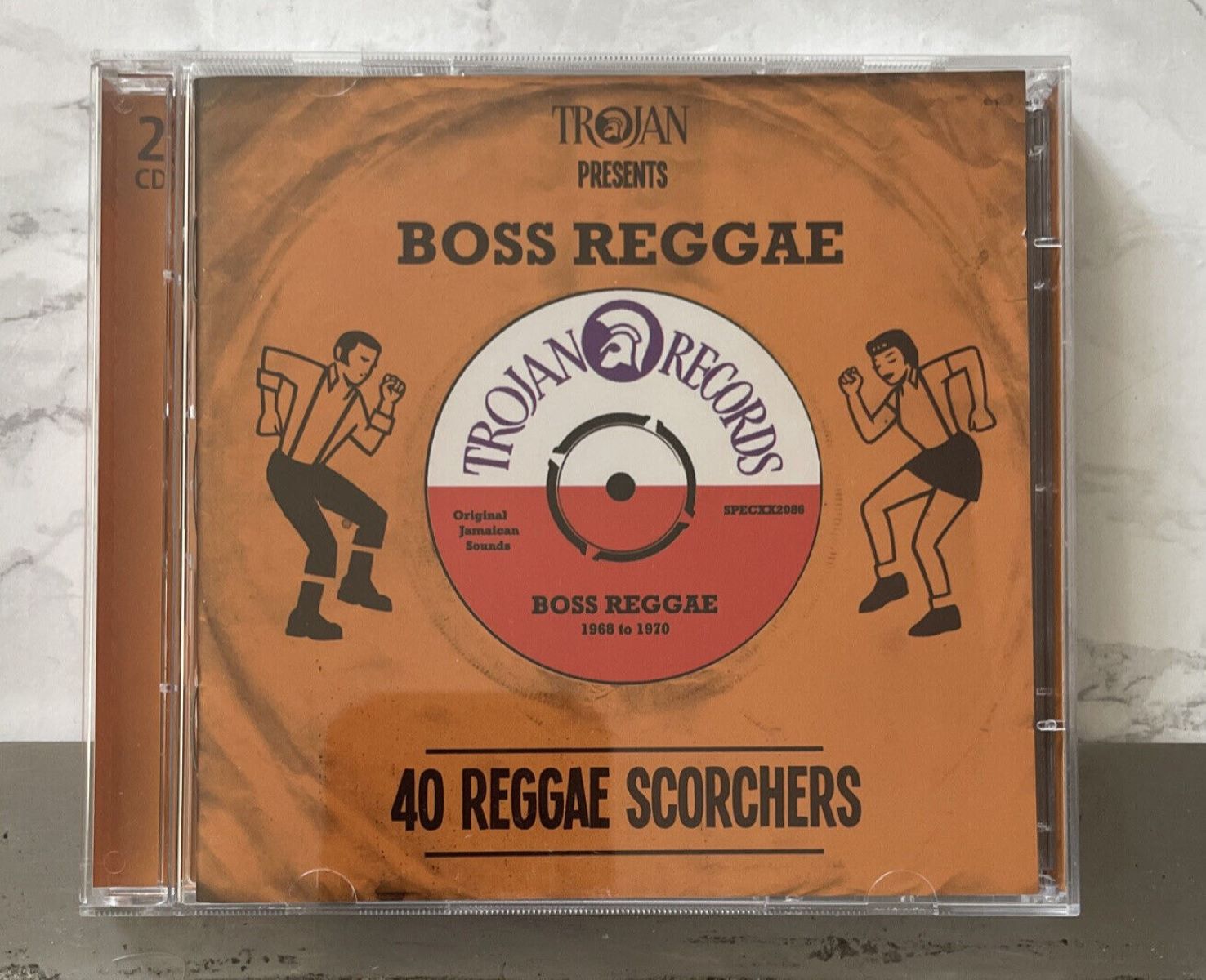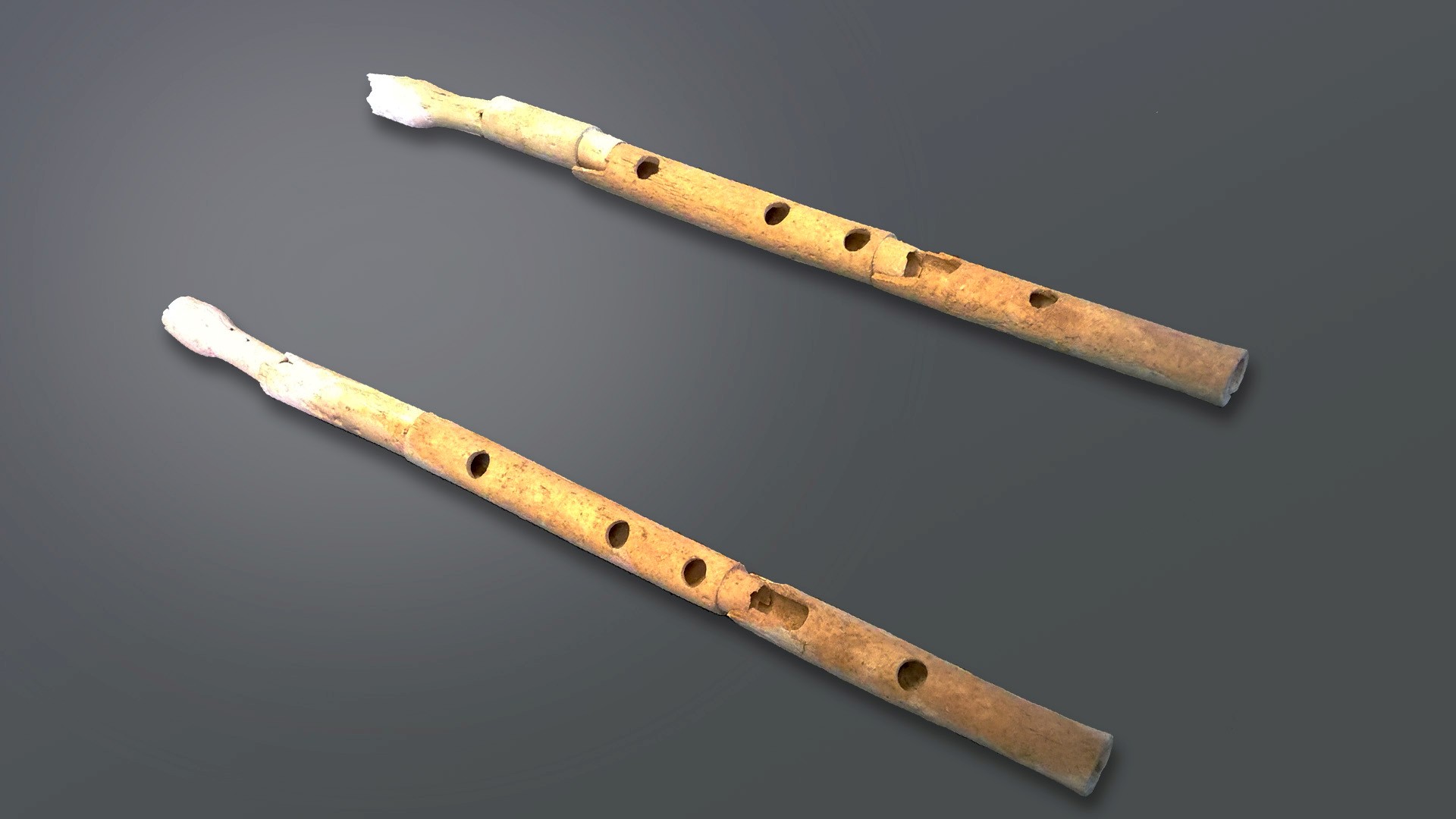Home>Production & Technology>Audiobook>When Was The First Audiobook Made
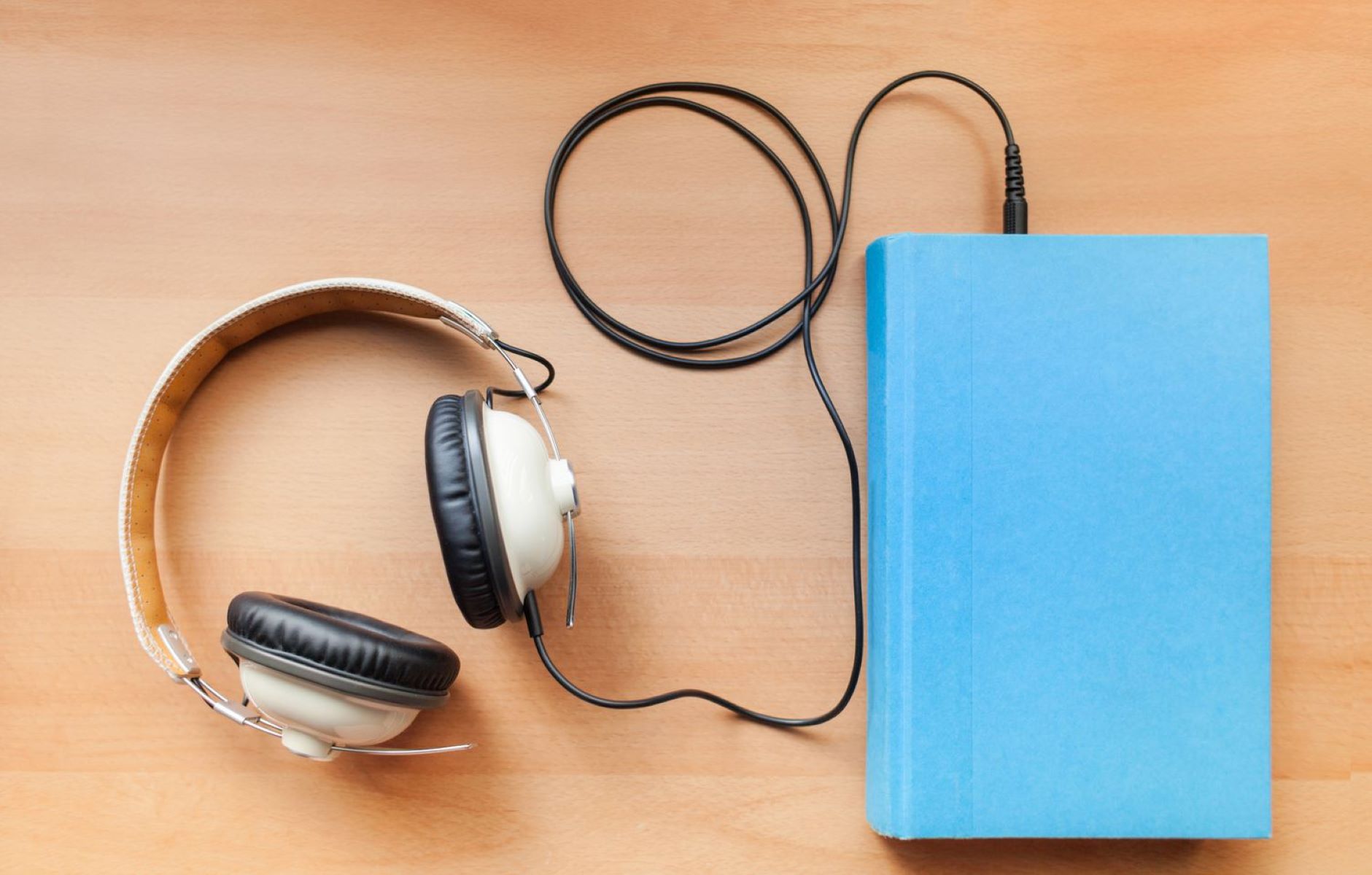

Audiobook
When Was The First Audiobook Made
Modified: January 22, 2024
Discover the origins of audiobooks and learn when the first audiobook was made. Dive into the fascinating history of this popular medium.
(Many of the links in this article redirect to a specific reviewed product. Your purchase of these products through affiliate links helps to generate commission for AudioLover.com, at no extra cost. Learn more)
Table of Contents
Introduction
Welcome to the fascinating world of audiobooks! For book lovers and avid readers, audiobooks offer a unique and convenient way to enjoy literature. But have you ever wondered about the origins of audiobooks and how they evolved over time? In this article, we will delve into the early history of audiobooks, explore how they have transformed in the digital age, and discover the first audiobook ever created.
In a world driven by technology and the demand for multi-tasking, audiobooks have become increasingly popular. They allow us to immerse ourselves in stories, knowledge, and personal development while doing other tasks such as exercising, commuting, or simply relaxing. Whether you’re a busy professional trying to make the most of your limited time or someone with a visual impairment seeking an alternative to traditional reading methods, audiobooks offer something for everyone.
But before we dive into the modern era of audiobooks and the rise of digital formats, let’s take a journey back in time to explore the humble beginnings of this alternative form of storytelling.
In the early days, before the advent of modern technology and digital audio recordings, the concept of recorded books was very different from what it is today. Audiobooks, as we know them now, were not widely available. Instead, the earliest forms of spoken recordings were primarily produced for visually impaired individuals.
Over the centuries, various methods were experimented with to bring literature to those with visual impairments. These included embossed print and Braille books, as well as the production of phonographic recordings. These early attempts at making books accessible to the visually impaired laid the foundation for what would eventually become the modern audiobook.
Early History of Audiobooks
The history of audiobooks can be traced back to the early 20th century when advancements in technology allowed for the recording and playback of audio. The development of the phonograph and gramophone opened up new possibilities for bringing literature to life through audio recordings.
One of the early pioneers in the field of audiobooks was Thomas Edison, the inventor of the phonograph. In the late 19th century, Edison envisioned the phonograph as a tool for recording and preserving spoken language. Although his primary focus was on voice dictation and recording, the potential for recording books was recognized.
However, it wasn’t until the 1930s that the concept of audiobooks began to take shape. The American Foundation for the Blind (AFB) became instrumental in producing and distributing recordings of books to blind and visually impaired individuals. The Talking Books program, initiated by the AFB in collaboration with the Library of Congress, was launched in 1934. This program aimed to provide accessible literature to those who could not read standard print due to visual impairments.
Initially, the recordings were made on vinyl records, which limited the duration of each recording to around 20 minutes per side. These recordings were distributed along with special playback machines, known as talking book machines, which were specifically designed to accommodate the larger vinyl records.
As technology continued to advance, the medium for audiobooks evolved as well. Cassette tapes became the primary format for audiobooks, as they allowed for longer recordings and were more portable. This provided readers with the flexibility to listen to books on the go.
The production of audiobooks grew steadily over the years, with more publishers recognizing the demand for this alternative format. Not only were books for the visually impaired being recorded, but popular fiction and non-fiction titles were also being converted into audio versions for a wider audience.
By the late 20th century, audiobooks became increasingly popular among commuters, travelers, and individuals with busy lifestyles. The convenience of listening to a book while driving, exercising, or doing household chores contributed to the rising popularity of audiobooks.
The early history of audiobooks laid the foundation for the thriving industry we know today. Advancements in technology and changing consumer habits would further revolutionize the world of audiobooks in the 21st century.
The First Audiobook: “The Adventures of Tom Sawyer”
When discussing the origins of audiobooks, it is impossible to ignore the significance of “The Adventures of Tom Sawyer” by Mark Twain. This iconic novel not only holds a special place in literary history but also marks the birth of the first commercially available audiobook.
In 1983, nearly a century after the publication of the novel, the American Foundation for the Blind (AFB) partnered with the National Library Service for the Blind and Physically Handicapped (NLS) to produce the first-ever audiobook. The goal was to make literature accessible to visually impaired individuals, allowing them to enjoy the magic of storytelling.
Designed specifically for blind and visually impaired readers, the audiobook version of “The Adventures of Tom Sawyer” was recorded on LP records. The production process involved a team of talented voice actors who brought the characters to life through their expressive narration.
The release of this groundbreaking audiobook was met with great enthusiasm, not only within the visually impaired community but also among avid readers who saw the potential in experiencing literature in a whole new way. It provided a groundbreaking opportunity for individuals to access and enjoy books without relying solely on printed text.
The success of “The Adventures of Tom Sawyer” audiobook paved the way for the expansion of the audiobook industry. Publishers saw the potential in recording and producing audio versions of popular books, leading to a wider availability of audiobooks for consumers.
Since the first audiobook milestone with “The Adventures of Tom Sawyer,” the audiobook industry has grown exponentially. Modern audiobook production techniques and formats, such as CDs, digital downloads, and streaming services, have made audiobooks even more accessible to a diverse audience worldwide.
It is worth noting that while “The Adventures of Tom Sawyer” is considered the first commercially available audiobook, it is not the earliest recorded reading of a book. As mentioned earlier, recordings for visually impaired individuals existed prior to this landmark production. However, it was the commercial release of “The Adventures of Tom Sawyer” that truly catalyzed the growth and popularity of audiobooks.
The first audiobook forever changed the way we consume literature, not only serving as a lifeline for individuals with visual impairments but also providing a convenient and immersive experience for all book lovers. “The Adventures of Tom Sawyer” will always hold a special place in audiobook history as a pioneering work that set the stage for the vibrant industry we know today.
Audiobooks in the 20th Century
The 20th century was a transformative period for audiobooks, as advancements in technology and changing consumer habits shaped the industry. From the production of vinyl records to the emergence of cassette tapes, this era witnessed the growing popularity and accessibility of audiobooks.
In the early to mid-1900s, audiobooks mainly catered to the needs of the visually impaired. Organizations like the American Foundation for the Blind (AFB) and the Library of Congress worked tirelessly to produce and distribute audiobooks on vinyl records. These recordings were primarily intended for blind individuals, offering them the opportunity to experience literature and knowledge.
As the demand for audiobooks grew, publishers began to recognize their commercial potential. In the late 1960s and early 1970s, cassette tapes emerged as a more practical and user-friendly format. The compact size, ease of use, and longer playtime offered greater convenience for both production and consumption.
During this time, audiobooks expanded beyond their original purpose of serving visually impaired readers. Popular fiction and non-fiction titles started to be recorded and distributed in audio format, reaching a wider audience of book lovers. This shift in focus led to collaborations with professional voice actors who brought the characters and narratives to life, enhancing the listening experience.
The 20th century also saw the establishment of dedicated audiobook publishing companies. Providers like Recorded Books, Blackstone Audio, and Brilliance Audio began to emerge, offering a wider selection of titles and improved production quality. These new players in the industry brought a level of professionalism and expertise to audiobook production.
Meanwhile, technological advancements continued to shape the audiobook landscape. Audiobooks became available on various platforms, including public libraries and bookstores, making them more accessible to the general public. The rise of personal cassette players and Walkmans further fueled the popularity of audiobooks, allowing listeners to enjoy their favorite titles on the go.
By the end of the 20th century, audiobooks had become more mainstream. The convenience and versatility of cassette tapes prompted a surge in audiobook sales, and the industry experienced significant growth. In response to this growing demand, publishers began to focus on producing high-quality audiobooks with engaging narrations, sound effects, and even multiple voice actors for a more immersive experience.
The 20th century laid the groundwork for the widespread acceptance and popularity of audiobooks. It marked a period of technological advancements, expanding content offerings, and growing accessibility. Little did we know that even greater transformations were just around the corner, as the digital age would revolutionize the way we consume and enjoy audiobooks.
The Rise of Digital Audiobooks
In the 21st century, the world of audiobooks underwent a revolutionary transformation with the advent of digital technology. Digital audiobooks emerged as a convenient and popular alternative to physical formats, offering a wide range of benefits to both publishers and consumers.
With the rise of smartphones, tablets, and e-readers, the digital landscape became the perfect platform for the proliferation of audiobooks. Digital formats eliminated the need for physical discs or tapes, allowing listeners to access their favorite titles with just a few taps on a screen.
One major advantage of digital audiobooks is their portability. With the ability to download and store multiple audiobooks on a single device, listeners can carry an entire library with them wherever they go. This convenience has made audiobooks a popular choice for commuters, travelers, and individuals with busy lifestyles.
The digital revolution also brought opportunities for self-publishing authors to distribute their work in audio format. Platforms such as Audible, iTunes, and Libro.fm made it easier for independent writers to produce and distribute their audiobooks without depending on traditional publishing contracts.
Enhanced production methods and technology have also improved the quality of digital audiobooks. Professional voice actors, sound engineers, and production studios collaborate to create immersive listening experiences. Sound effects, music, and multiple narrators contribute to a richer and more engaging storytelling experience.
Additionally, the rise of digital audiobooks has fostered global accessibility to literature. Audiobooks can be easily downloaded or streamed from anywhere in the world, breaking down geographical barriers and allowing listeners to enjoy titles in different languages and genres.
Another significant factor contributing to the growth of digital audiobooks is the advent of subscription services. Platforms like Audible and Scribd offer monthly subscriptions, granting listeners access to a vast library of audiobooks for a fixed fee. This model has encouraged more individuals to explore the world of audiobooks and discover new authors and genres.
The ease of downloading and streaming digital audiobooks also allows for offline listening, eliminating the need for a constant internet connection. This capability further enhances the accessibility and convenience of audiobooks for those who may not always have access to reliable internet connections.
As the popularity of digital audiobooks continues to soar, more publishers and authors are actively producing and promoting their titles in audio format. The industry has seen increased investments in audiobook production and marketing, recognizing the growing demand and profitability of this medium.
The rise of digital audiobooks has redefined the way we consume literature, making books more accessible, convenient, and immersive. With technological advancements continuing to shape the industry, the future of audiobooks holds great promise, offering exciting possibilities for both creators and consumers.
Conclusion
The evolution of audiobooks from their early beginnings to the digital age is a testament to the power of technology and the changing preferences of readers. What began as a means to make literature accessible to the visually impaired has evolved into a thriving industry that caters to a diverse audience of listeners.
The first commercially available audiobook, “The Adventures of Tom Sawyer,” marked the beginning of a new era in storytelling. Since then, audiobooks have experienced significant growth, transforming from vinyl records to cassette tapes and, eventually, to digital formats. The rise of digital audiobooks has revolutionized the way we consume literature, providing convenience, portability, and a rich listening experience.
Advancements in technology have allowed for the production of high-quality audiobooks, featuring professional voice actors, immersive sound effects, and even multiple narrators. These enhancements have made audiobooks a beloved medium for both avid readers and newcomers to the literary world.
Digital platforms and subscription services have made audiobooks more accessible than ever before, offering a vast library of titles for listeners to explore and enjoy. With the ability to download or stream audiobooks on various devices, readers can now carry an entire library in their pockets.
The future of audiobooks looks promising, as the industry continues to innovate and adapt to changing consumer demands. With advancements such as voice-command technology, personalized recommendations, and interactive features, audiobooks are poised to capture an even broader audience and provide more immersive experiences.
Whether you choose to listen to an audiobook during your daily commute, while exercising, or simply as a way to relax, the world of audiobooks offers a wealth of possibilities and opportunities to engage with the written word in a new and captivating way.
In conclusion, audiobooks have come a long way since their humble beginnings, offering a rich and vibrant alternative to traditional reading. They provide access to literature for individuals with visual impairments, while also catering to the fast-paced, multitasking needs of modern readers. With the rise of digital audiobooks, the industry has witnessed unprecedented growth and is poised for even greater advancements in the future. So, sit back, relax, and let the captivating world of audiobooks transport you into a realm of imagination and storytelling.




